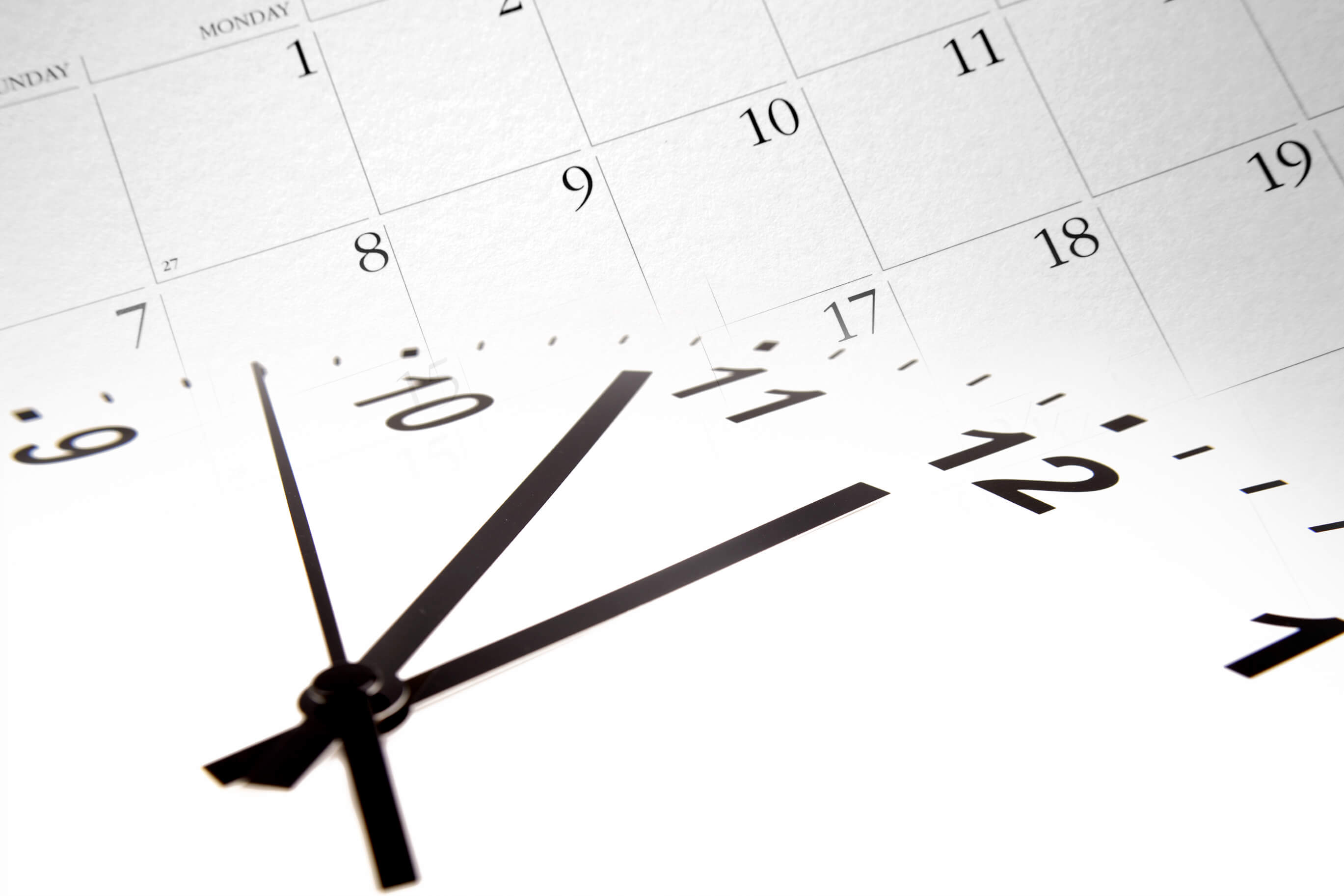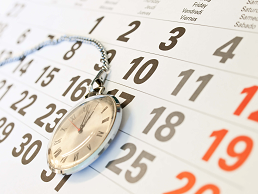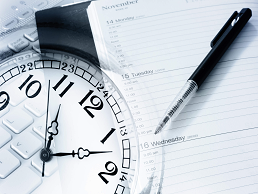- Home
- 7 Steps of Goal Setting
- Weekly Planner
How to Use the Weekly Planner and Save Time
A weekly planner keeps your key projects uppermost in mind and encourages you to spend more time on those things that matter most:
- to you,
- your family, and
- your work.
Why a weekly planner gives you more time
Why use a a weekly planner?
If you use daily planning you are likely to be pulled towards reactive work.
If you use monthly planning it is too long to adequately reflect your changing priorities.
There are 3 reasons why weekly planning is the 'goldilocks' of short-term planning:
- it reflects the ebb-and-flow of the workweek
- is short enough to manage current
demands
- long enough to reflect key priorities
How does this benefit you. Well in two ways.
First, after you do your weekly plan you have a very visual snapshot your commitments.
Second, this allows you to make clear decisions on what needs to be
- prioritized,
- delegated, or
- renegotiated (hopefully ahead of time rather than on the run).
How to get the most from the weekly plan
Download your weekly planner tool (PDF file).
On a weekly basis I sweat over all the things that I need to do as what I often have too much to do and not enough time to do it.
I write them down in my to do list and my idea of how long each action will take.
Like most people, I
often have too much to do and not enough time I find it very beneficial
to complete my weekly plan in the following order:
1. Schedule the important things first
I look at all my important things that I need to do at work and at home and put them in my planner.
The pareto principle is a good rule of thumb to help identify what matters most to you at work and at home.
By ensuring I get the most important things in first I am more likely to push back on more reactive and less important events.
Note:
Weekly planning is the linchpin that aligns your day-to-day tasks with your longer term priorities that you identified in your 1:1:5 planning exercise.
2. Put in your inflexible committments
I put the inflexible commitments into my planner.
These typically include:
- one-on-one meetings with direct reports
- meetings with my manager
- lunch
- family and sporting commitments.
Now I have a clear idea of how much time I have left for those other things that are unfinished or that need to be done next week.

3. Review the previous week
What did I commit to last week that I did not get done?
What actions have come out of meetings, projects, or phone calls have I not captured.
I then put them into my weekly plan.
If I cannot fit all of your commitments into my weekly plan then I need to:
- prioritize,
- delegate, or
- re-negotiate my commitments.
Here are some related articles on time management:
Do you have tips for a good weekly planner?
Do you have tips to set up a weekly planner? Share it!
What Other Visitors Have Said
Click below to see contributions from other visitors to this page...
How I use my weekly planner Not rated yet
I use my weekly planner to ensure effectiveness in all areas of my life.
This is how I do it.
I have a long list of things that need to be done. …
Weekly planning works best on a Friday morning Not rated yet
I work as a fund manager for a major bank and I have done the weekly planning and I have found it to be great because I not longer rely on my daily list …
Meaning of colours in categories in the weekly planner Not rated yet
Hi,
In your weekly planner there are seven kinds of categories, a empty one and 6 with different colours, blue, green, orange, purple, red, yellow. …




New! Comments
Have your say about what you just read! Leave me a comment in the box below.